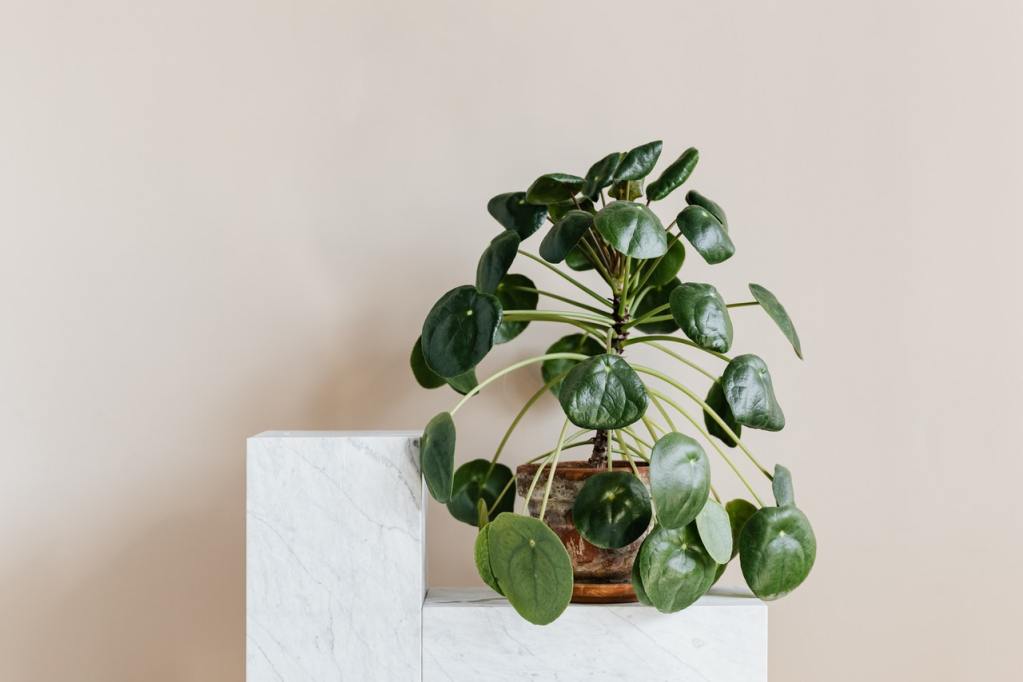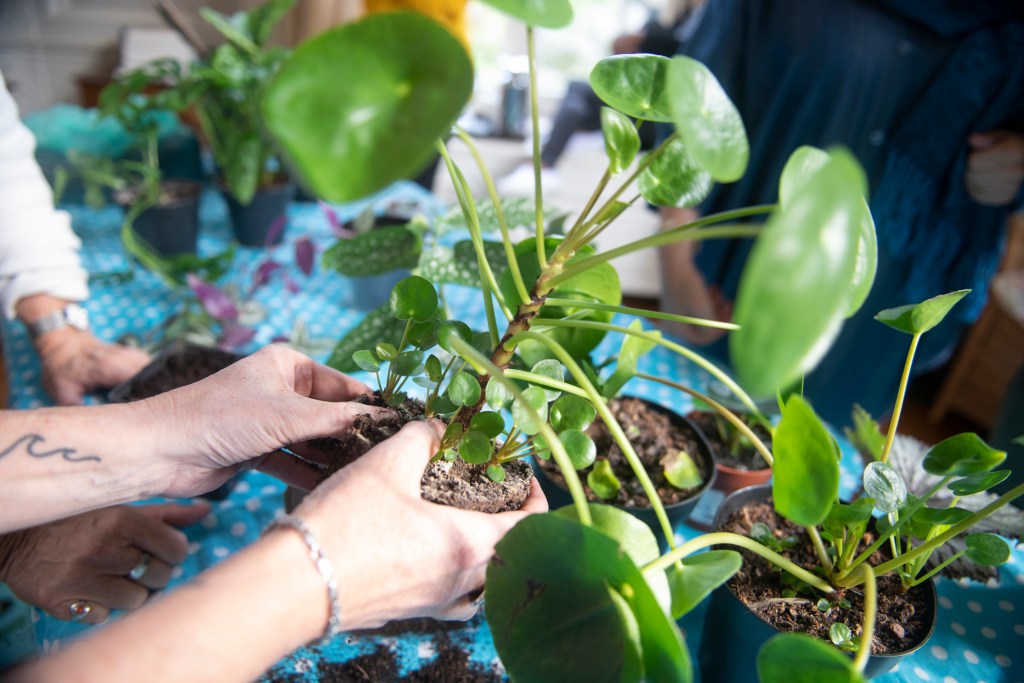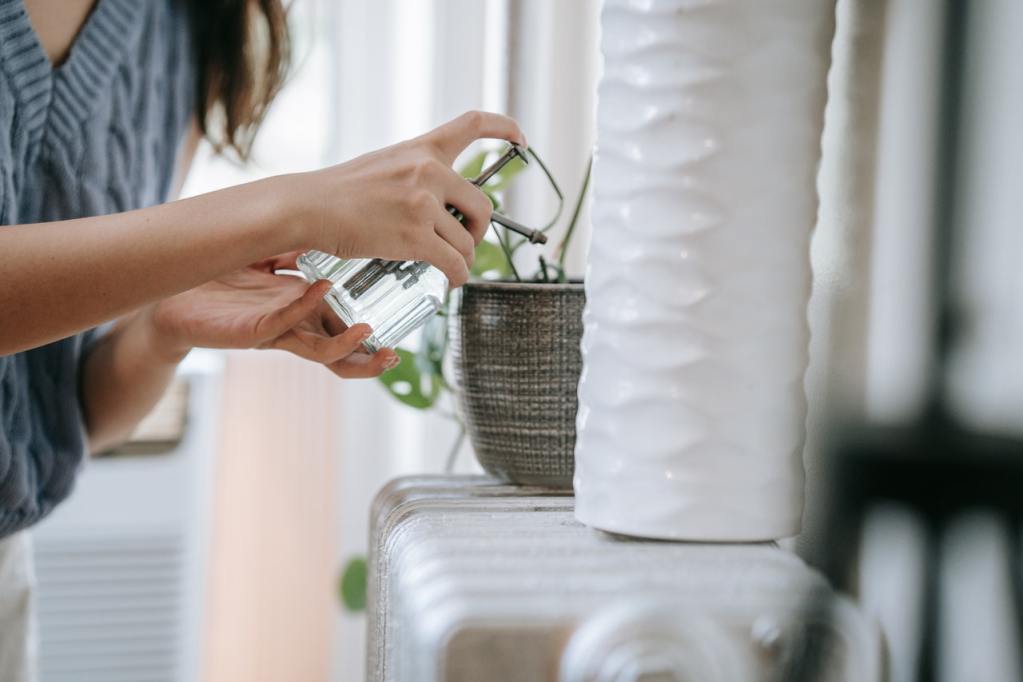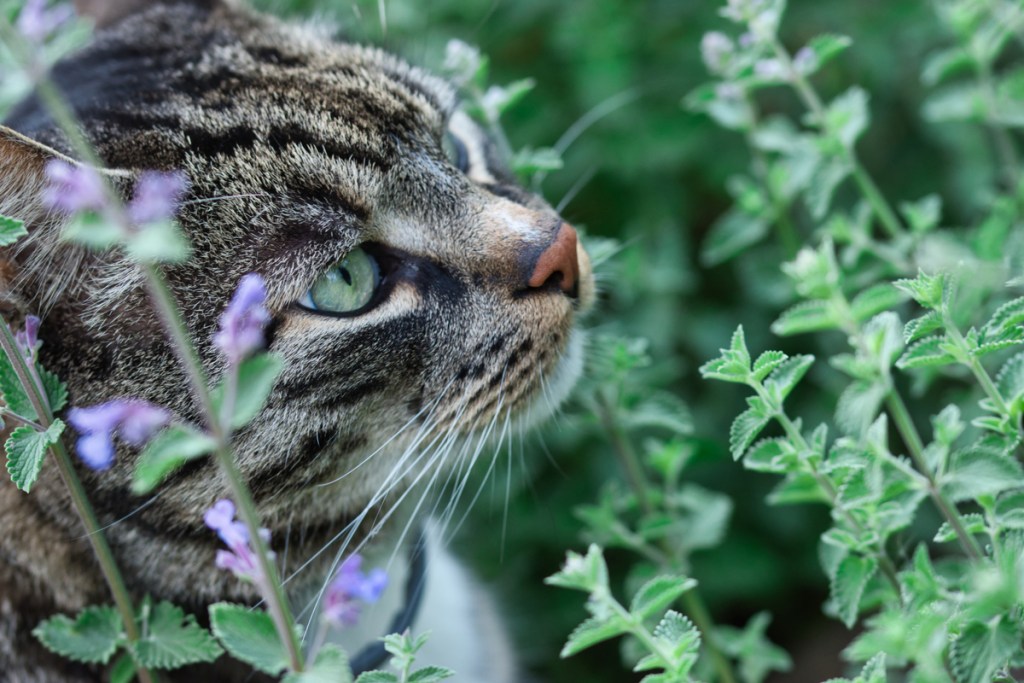When some plants become trendy, you’ll see them everywhere on social media for a few months. Bloggers will rave about the hottest new plant on the scene that is a must-have for the modern, chic aesthetic. Then they’ll disappear and you won’t hear about them again as soon as a new plant starts trending.
Don't believe us? Just think about plants like the ZZ plant or the Scindapsus treubii, aka the "moonlight pothos." These used to command big bucks and could only be found through private growers, but now they've flooded the big-box garden centers and the hype has died down.
Fortunately, that's not the case with the Pilea peperomioides. While this plant did have its moment in the limelight a few years ago, particularly during the indoor gardening boom that occurred during the coronavirus quarantine, it’s still considered one of the best plants to add to your collection. It’s much easier to find now after its explosion in popularity, so if you’ve managed to get your hands on one, you might be wondering how to properly care for it so it can live its best life.

What is the Pilea peperomioides?
This is a unique-looking plant that’s often described as adorable, which is what caused its initial popularity boom and what keeps it near the top of so many wishlists. Native to southern China, the Pilea peperomioides goes by many other names, including the friendship plant, Chinese money plant, UFO plant, coin plant, and pancake plant.
Its leaves are almost a perfect circle, explaining three of its nicknames. The leaves are thick, glossy, and a bit waxy, lending it an almost artificial look. Pileas can grow up to 12 inches tall and equally wide, and they’ll be able to reach these heights rather quickly if all their needs are met.
This beginner-friendly plant will also start to sprout “baby plants” when it’s happy and healthy. These “pups” are easily removed and repotted to give away to friends and family, which explains another one of its nicknames: the friendship plant.

General care tips for a Pilea peperomioides
You’ve probably seen the photos on Instagram of a Pilea plant that’s grown so large it looks like a small tree. If that’s your goal, you’re going to want to provide your plant with precisely what it wants so it can grow to its fullest potential. Or maybe you just want to keep your plant healthy and happy. The care is the same either way.
Temperature needs: There's no need to worry too much about the temperature for these plants; they grow fantastically in average home temperatures between 65 and 75 degrees. However, avoid placing them near vents, drafty doors, or cold spots, as these areas can fluctuate rapidly and damage the plants.
Humidity needs: These plants aren’t picky about the humidity levels of their surroundings and will thrive perfectly fine in your home’s average humidity percentage. Just be sure to give your plant a shower now and then to clean the dust off the leaves.

Pilea light needs
Pileas like medium to bright light, but they don’t want direct sunlight; this can burn the plant and even kill it if left in the bright sunshine for long enough.
Step 1: Place your Pilea next to a window with a sheer covering, or place it about five to six feet away from a window where it can get plenty of afternoon sun.
Step 2: The Pilea bends and follows the sun quickly, so be sure to rotate your plant regularly, which will allow the plant to keep growing straight and tall. While this is primarily an aesthetic care tip, it’s also better for the plant to grow straight so that it’s less likely to topple over in its pot.

How to water and fertilize the Pilea peperomioides
Many plants give you obvious signs that they’re ready to be watered. The Pilea peperomioides is one of those plants. You’ll want to avoid letting the plant get dry enough to react, but don’t panic if you see the leaves drooping; As long as you catch it that morning and give the plant a big drink, they will perk back up.
Step 1: Use a moisture meter to check the plant's soil every few days. In doing so, you’ll get an accurate reading of the soil condition and avoid overwatering, which is the number-one reason houseplants die.
Step 2: The friendship plant likes its soil to be mostly dry before it’s watered again. When the soil seems to be dry, water the plant until water runs out of the pot's drainage hole.
Step 3: Dump out the excess water and return the plant to its tray.
Step 4: Feed the plant a balanced liquid fertilizer about once a month during the growing season (spring, summer, and fall). The Pilea doesn't require fertilizer in the winter.

Is the Pilea peperomioides toxic?
The Pilea peperomioides is a nontoxic plant that’s safe to grow around cats, dogs, and humans. However, cats can find these bouncy leaves fun to play with. While the plant won’t harm your cat if they take a nibble, your cat could easily kill your plant, so you'll probably want to put your plant in a location they can’t reach.
Now you can bring this adorable plant home and care for it in the best way possible. You can even propagate those “pups” and share them with your friends!
Editors' Recommendations
- Everything you need to know about trailing succulents care for lush, thick growth
- How to pick the perfect orchid pots for healthy blooms
- Beyond basil and cilantro, add these unique plants to your indoor herb garden
- Beautiful, low-maintenance pothos varieties to add to your plant collection
- 5 easy-care spider plant varieties perfect for any home garden



